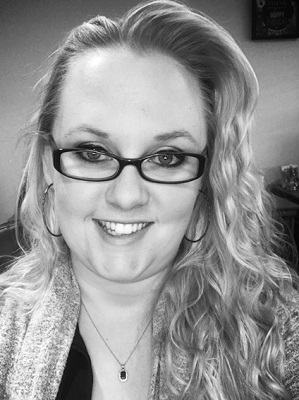National Diabetes Month: How can HBO therapy benefit diabetics?
11/16/2021
November is National Diabetes Month and for those suffering from the disease with a foot ulcer or leg wound linked to diabetes, you likely know how long sores can linger. The longer they take to heal, the more vulnerable you are to infection and other risks. You may have heard about HBO therapy, but wondered what is it and how can it help?
HBO stands for hyperbaric oxygen and its use can help patients across a broad spectrum of health issues including non-healing wounds, burns, hearing loss and so much more.
 “HBO therapy uses oxygen under pressure to enhance the body’s natural ability to heal,” said Lianna Johnston, area program director at Northwest Medical Center – Bentonville Wound and Hyperbaric Center. “The treatment causes an increase in plasma and tissue oxygen, which stimulates the formation of new blood vessels and fights infection in an effort to speed healing. Patients breathe 100 percent oxygen inside a pressurized chamber with up to three times the air pressure of our everyday environment.”
“HBO therapy uses oxygen under pressure to enhance the body’s natural ability to heal,” said Lianna Johnston, area program director at Northwest Medical Center – Bentonville Wound and Hyperbaric Center. “The treatment causes an increase in plasma and tissue oxygen, which stimulates the formation of new blood vessels and fights infection in an effort to speed healing. Patients breathe 100 percent oxygen inside a pressurized chamber with up to three times the air pressure of our everyday environment.”
Johnston, who recently started at the Bentonville location, brings her clinical experience to the team and has a special interest in wound care.
“I used to work at Northwest Medical Center – Springdale as a tech in the med/surg department,” she said. “The cases that impacted me the most were the wound care patients. I’m really excited to help our patients here at the wound center and to be part of the Northwest Health team.”
While HBO is considered a primary treatment for a few conditions, in most cases it is an important supplemental therapy. Conditions that may benefit from HBO include:
- Bubbles of air in the blood vessels (arterial gas embolism)
- Burns
- Carbon monoxide poisoning
- Crush injuries
- Deafness, sudden
- Decompression sickness
- Diabetic wounds of the lower extremities including diabetic foot ulcers
- Gangrene
- Infection of skin or bone that causes tissue death
- Non-healing wounds, such as a diabetic foot ulcer or Cesarean section wounds
- Peripheral artery disease
- Radiation injuries from cancer treatment
- Severe anemia
- Skin graft or skin flap at risk of tissue death
- Traumatic brain injury
- Vision loss, sudden and painless
How does it work?
During your session inside the pressurized chamber, the lungs are able to take in more oxygen than normal, funneling it into the bloodstream. This is critical because more oxygen equals more healing.
Your body’s tissues need oxygen to function properly, and they also need it to fix any problems, such as wounds or sores. During HBO therapy, oxygen dissolves into the body’s fluids, including blood, plasma and central nervous system fluids, and easily can be transported through the circulatory system. Once it reaches a foot ulcer or leg wound, oxygen increases the ability of white blood cells to kill bacteria and fight infection, and it can reduce swelling.
Additionally, it helps the body grow new blood vessels that will continue to help oxygen reach injured tissue.
Most sessions last between 90-120 minutes. During the first 5-15 minutes, your hyperbaric technician will change the atmospheric pressure in the chamber to feel like you’re between 33 and 45 feet under water. You’ll stay at that pressure for roughly 60-90 minutes, and your doctor will return the pressure to normal during the session’s final 5-15 minutes.
The number of therapy sessions may vary on the condition you’re treating. For non-healing wounds, you’ll likely need somewhere between 20-40 sessions.
If you think you might benefit from HBO therapy, speak to your physician to find out if it’s right for you. Northwest Medical Center – Bentonville Wound and Hyperbaric Center is located at 2900 Medical Center Parkway, Suite 140 and the Northwest Medical Center – Springdale center is located at 706A Quandt Ave. For more information or to schedule an appointment, call the Bentonville center at (479) 553-3100 or the Springdale center at (479) 757-2030. No referral is required.
Back